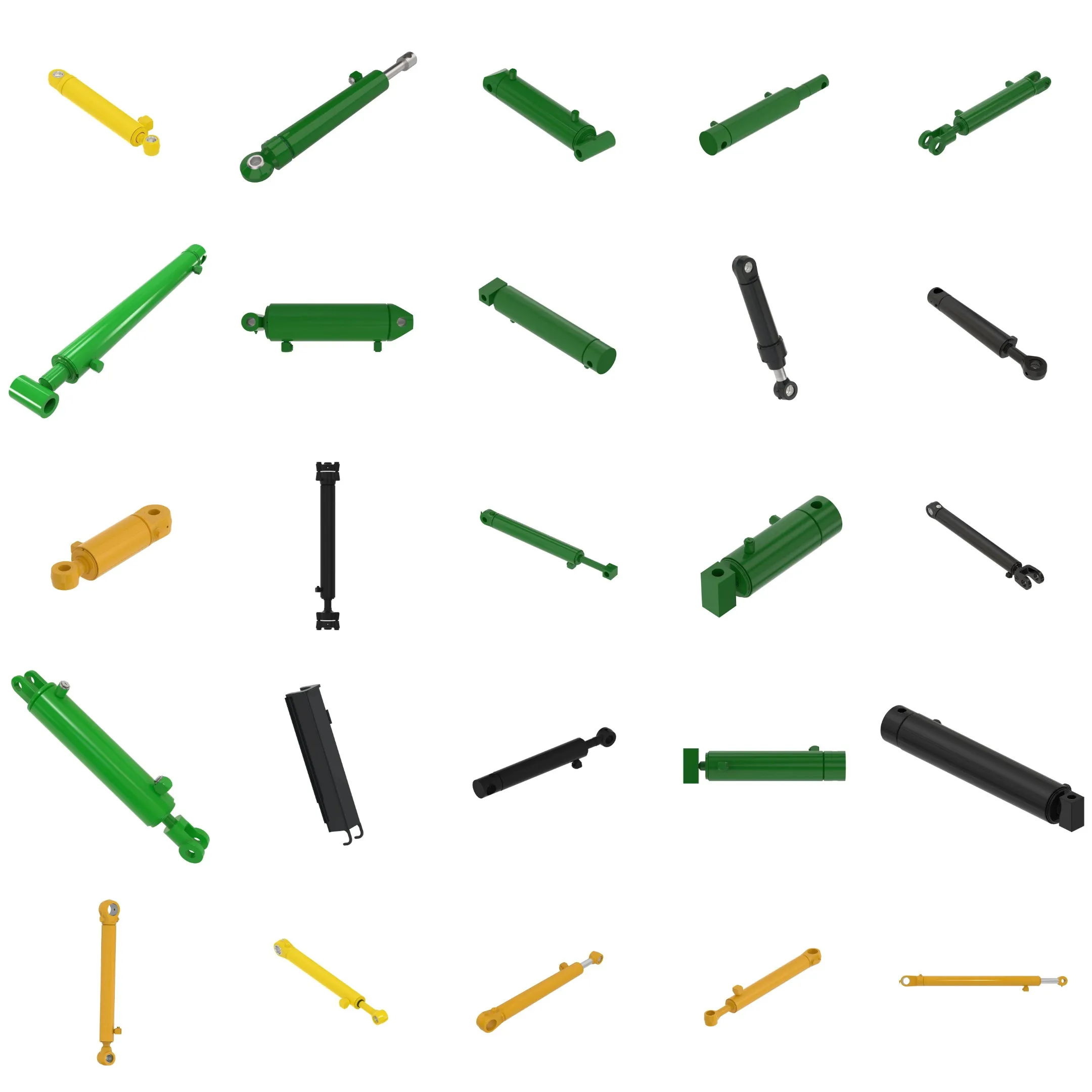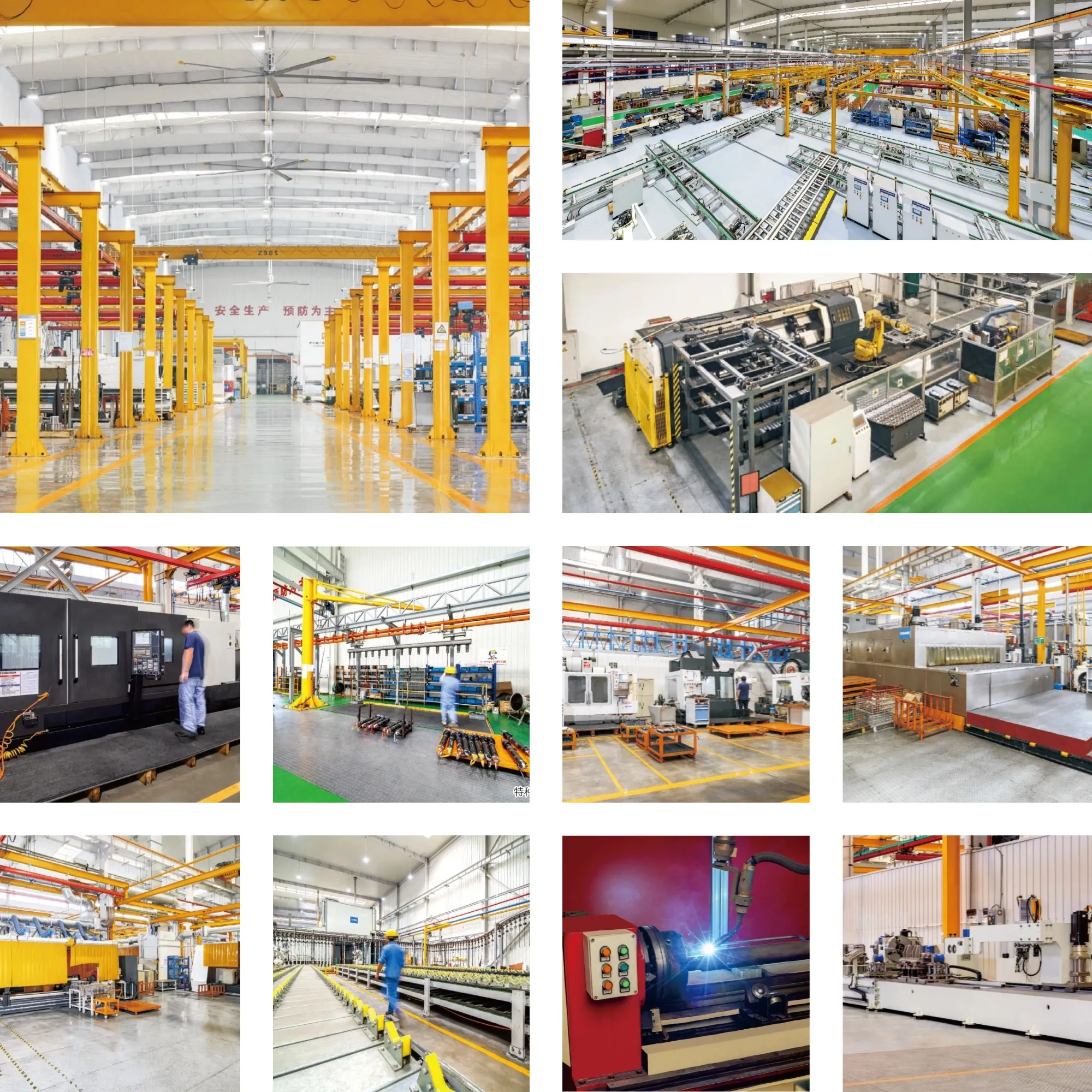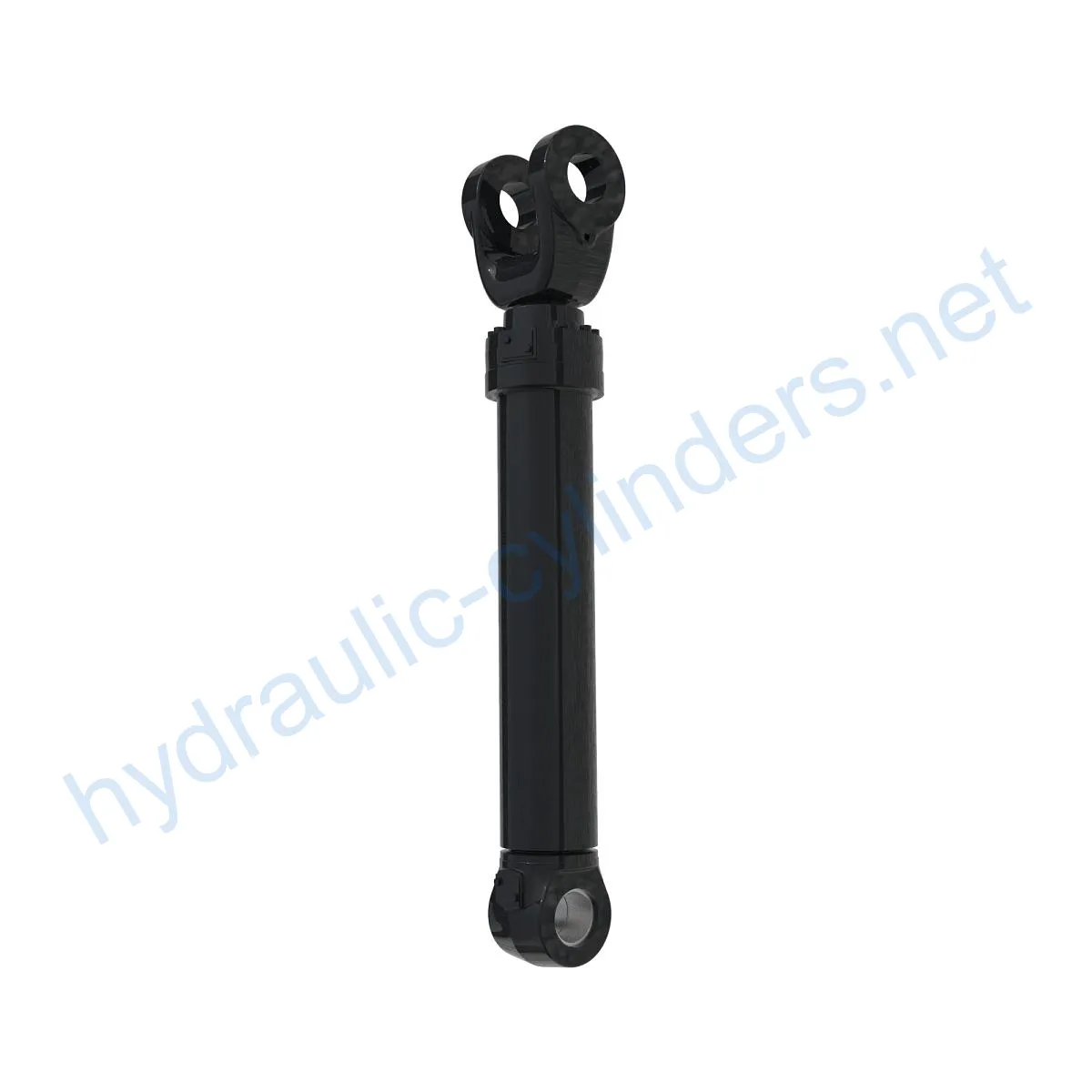Replacement Of AHC22563 Hydraulic Cylinder
유압 실린더 제조업체, 공급 업체 및 기계 제품 수출 업체 중 하나로서 유압 실린더 및 기타 여러 제품을 제공합니다.
자세한 내용은 당사에 문의해 주세요.
메일:sales@hydraulic-cylinders.net
유압 실린더 제조업체 공급 업체 수출.
Replacement Of AHC22563 Hydraulic Cylinder
The Replacement Of AHC22563 Hydraulic Cylinder is a crucial component in various industrial equipment, designed to provide efficient hydraulic power for a wide range of applications. Whether it’s in excavators, cranes, tractors, harvesters, or automation production lines, this hydraulic cylinder plays a vital role in ensuring smooth and reliable operations.
Specifications and Model
Weight: 1,170.454 lb
Height: 15 in
Width: 15 in
Length: 83 in
Model: 944K
Key Features
1. Improved Equipment Performance: Replacing damaged or worn hydraulic cylinders can restore the equipment’s normal operating capabilities, ensuring optimal performance in various applications.
2. Enhanced Safety: Regularly replacing hydraulic cylinders can reduce safety hazards caused by cylinder failures, ensuring the safety of operators and equipment.
3. Overload Protection: Newly designed cylinders often incorporate better overload protection mechanisms, enhancing safety during operation.
4. Quick Installation: Modern hydraulic cylinders are designed with ease of installation and replacement in mind, minimizing downtime.
5. Standardized Components: Many hydraulic cylinders are standardized products, making it easier to source replacement parts in the market.
We are capable of producing this product, offering a perfect replacement for these hydraulic cylinders. Our products are of high quality and can meet the specific requirements of various industries.
Applications
- Excavators: In the arms or buckets of excavators, hydraulic cylinders may become damaged due to prolonged use or overload, requiring replacement to restore normal operations.
- Cranes: Hydraulic cylinders in crane boom arms are prone to wear during frequent lifting and lowering processes, necessitating regular replacement for safety reasons.
- Tractors: Hydraulic cylinders in front-end loaders of tractors may develop leaks or performance issues due to continuous lifting and tilting operations, requiring replacement.
- Harvesters: Hydraulic cylinders in harvesting equipment are subjected to high pressure during the harvesting process, and timely replacement is necessary to maintain work efficiency.
- Automation Production Lines: Hydraulic cylinders are used to control robotic arms and other automated equipment. Cylinder failures can significantly impact production efficiency and should be promptly replaced.
Maintenance Tasks
1. Regular Inspection: It is important to conduct regular inspections to identify any signs of wear or damage in the hydraulic cylinder.
2. Proper Lubrication: Adequate lubrication is essential to ensure smooth and efficient operation. Proper lubricants should be used according to the manufacturer’s recommendations.
3. Seal Replacement and Calibration Check: Regularly replacing seals and checking calibration can help prevent leaks and optimize performance. Correct alignment and calibration are crucial during installation.
Safety Considerations and Environmental Factors
When using hydraulic cylinders, it is vital to follow safety measures to prevent accidents and injuries. Proper training and adherence to safety guidelines are essential when working with hydraulic systems. Additionally, considering environmental factors can help minimize the impact of hydraulic cylinder operations on the surroundings.
Troubleshooting and Common Issues
1. Leakage: If the hydraulic cylinder is experiencing leakage, it may be due to worn seals or damaged components. Inspect and replace seals as necessary.
2. Insufficient Power: If the hydraulic cylinder is not providing enough power, it could be an indication of internal wear or contamination. Check for any obstructions or damaged parts and address accordingly.
3. Erratic Movement: Unpredictable movements of the hydraulic cylinder may be caused by hydraulic fluid contamination or internal component issues. Flush the system and inspect for any damaged parts.
Fault Diagnosis and Troubleshooting
1. Leakage: Check for any visible signs of leakage, inspect seals, and replace if necessary.
2. Insufficient Power: Verify hydraulic fluid levels, examine the pump and pressure settings, and ensure proper alignment of the cylinder.
3. Erratic Movement: Examine the hydraulic fluid quality, check for damaged valves or blockages, and inspect the hydraulic lines for any leaks or damage.
Preventive Measures
1. Regular Maintenance: Implement a routine maintenance schedule to inspect, lubricate, and clean the hydraulic cylinder.
2. Proper Installation: Ensure correct alignment and installation of the hydraulic cylinder, following the manufacturer’s guidelines and using appropriate mounting brackets if necessary.
3. Timely Repairs and Replacements: Promptly address any issues or damages to the hydraulic cylinder. Utilize genuine replacement parts and consider professional rebuilding services when required.

Design Considerations and Selection Criteria
When choosing a hydraulic cylinder, several factors should be considered:
- Load-bearing Capacity: The hydraulic cylinder should be able to handle the required load without compromising performance.
- Sealing and Durability: High-quality seals and durable materials ensure long-lasting performance and prevent leaks.
- Safety: The hydraulic cylinder’s design should incorporate safety features to protect operators and equipment during operation.
- Maintenance: Easy access for maintenance and repair, along with standardized components, simplifies servicing and reduces downtime.
Sealing and Lubrication
Hydraulic cylinders utilize various sealing components, such as piston seals and rod seals, made from wear-resistant materials like polyurethane and nitrile rubber. The cylinder body and threaded ends undergo meticulous surface treatment to enhance wear resistance. Regular lubrication with the appropriate hydraulic oil is necessary to ensure smooth operation and prevent excessive friction.
Regular Inspection and Preventive Maintenance
1. Thoroughly inspect the hydraulic cylinder for any signs of wear, leakage, or damage.
2. Adequately lubricate the cylinder and ensure the system is free from contaminants.
3. Replace worn seals and other components to maintain optimal performance.
Correct Installation Guide
1. Ensure the hydraulic cylinder is aligned correctly before installation.
2. Utilize appropriate installation supports to secure the cylinder in place.
3. Follow recommended inspection, repair, and replacement procedures.
4. Offer replacement parts and rebuilding services to prolong the lifespan of the hydraulic cylinder.

About Our Company
We are a leading manufacturer and wholesale distributor of replacement hydraulic cylinders, providing a comprehensive range of products for both domestic and international markets. Our company is known for its professionalism, international certifications, customized services, state-of-the-art production equipment, and excellent after-sales support.

Author: lyl
Take a Tour of Our VR Factory:
Take a tour of our VR factory with the following
Hydraulic Cylinder Application:


